How to Unclog a Garbage Disposal With Standing Water (8 Tips)
-
Pete Ortiz
- Last updated:
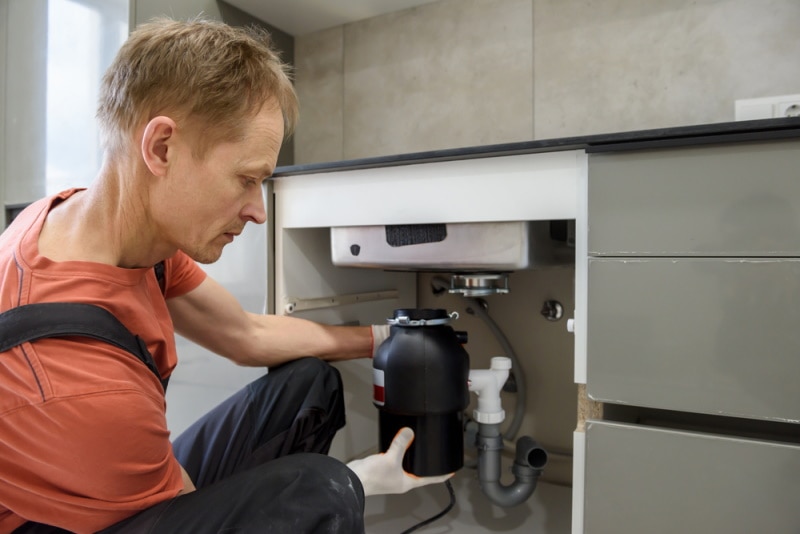
The garbage disposal system is a really convenient kitchen tool, but when it gets clogged or otherwise stops working, it needs fixing safely and without adding to any damage. In most cases, standing water is a good sign that there is a blockage somewhere in the disposal system, which is hardly surprising when you consider what gets shoved down there.
When attempting to fix any problem with the garbage disposal, the most important thing is safety. Garbage disposal uses very sharp blades and grinding plates to break up the waste, and these have the potential to cause serious injury if you aren’t really careful.
How to Unclog a Garbage Disposal With Standing Water
1. Check the Power Source
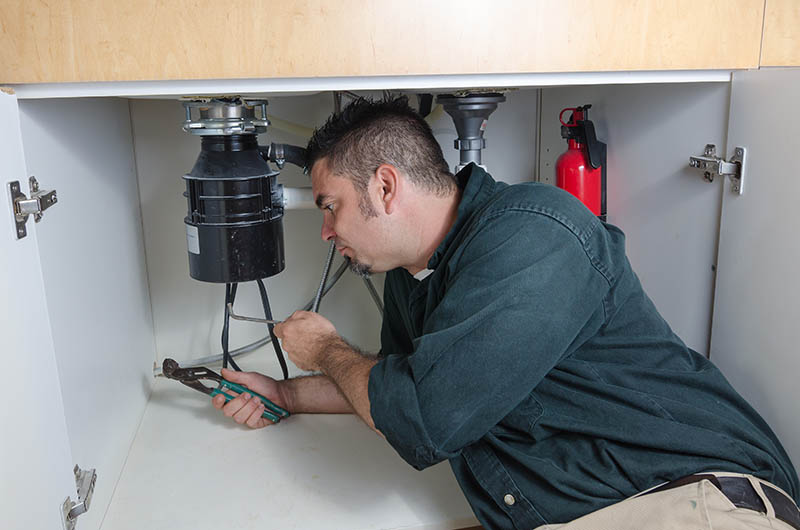
It is possible that standing water could be caused by a loss of power to the unit. If your garbage disposal has been unplugged or the plug has been knocked loose, it means that the blades and plates are unable to break down waste. As the waste builds up, so too will the water.
Check the plug, make sure no switches have been accidentally knocked, and even check the fuse. It can be infuriating if you try removing blockages, get the plunger out, and use a hex key to grind the plates, only to find that the problem was a loose plug.
2. Reset the System
Most systems have an overload protector. If there is a problem with the garbage disposal, the system switches off. It will need resetting before you can use it again, and this means that food and other waste is getting thrown down there. The blockage will lead to standing water in the sink above.
Look for the reset button, which is usually a red button and located on the bottom or the side of the disposal system. Press it and then try running the garbage disposal to get rid of any debris.
Find a plumbing specialist in your area, and get free, no-commitment estimates for your project. Consult a PLUMBING expert

3. Turn It Off
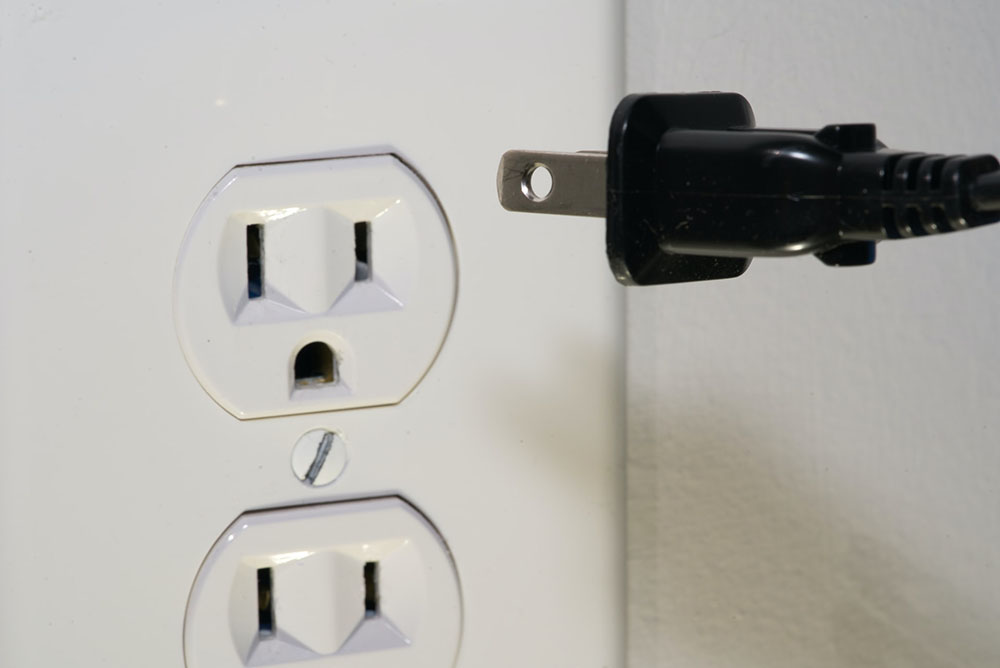
If the system is plugged in and doesn’t need resetting, you will need to locate any blockage or determine any other fault, and this may mean getting very close to the blades and plates. Always ensure that you turn the power off before you start working, and double-check to make doubly sure that there is no risk.
4. Use a Plunger
Use a sink plunger and plunge the disposal hole. The pressure from the plunger can dislodge small items and once a small item is dislodged, it may mean that the rest of the blockage is allowed to pass through without being prevented.
5. Use Pliers to Remove Debris
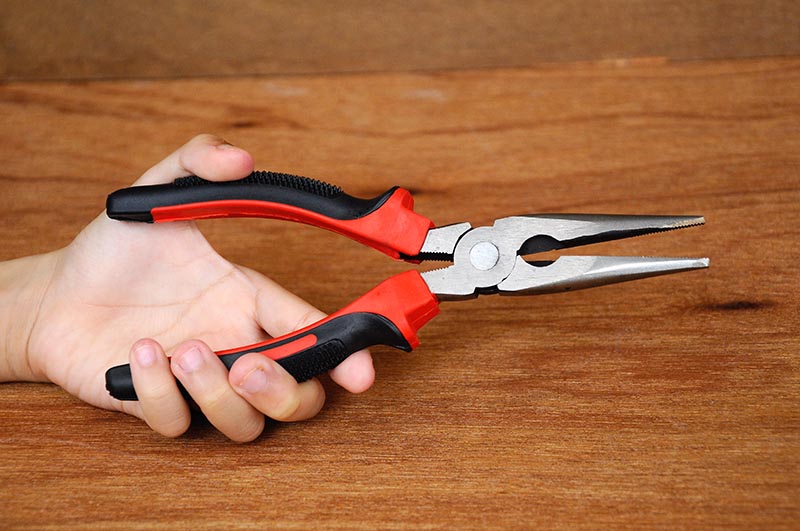
If you can see debris, you can remove it by pulling at it, but you shouldn’t do this with your hands even if you can reach it and even if the power is turned off. The blades are still sharp, and they still have the potential to cut you if you get too close. Use long-nose pliers to reach down and pull at any debris or blockage that is getting in the way.
6. Unclog the Plates
Garbage disposal systems use plates to grind debris down into smaller, more manageable pieces, and if anything has got stuck between the plates, this can prevent waste from getting through and cause standing water. Use an Allen key or hex key and turn the plates manually by locating the nut at the bottom of the system. You may be able to use something like the handle of a wooden spoon to dislodge the plates from above if you don’t have the appropriate tool.
7. Use Ice
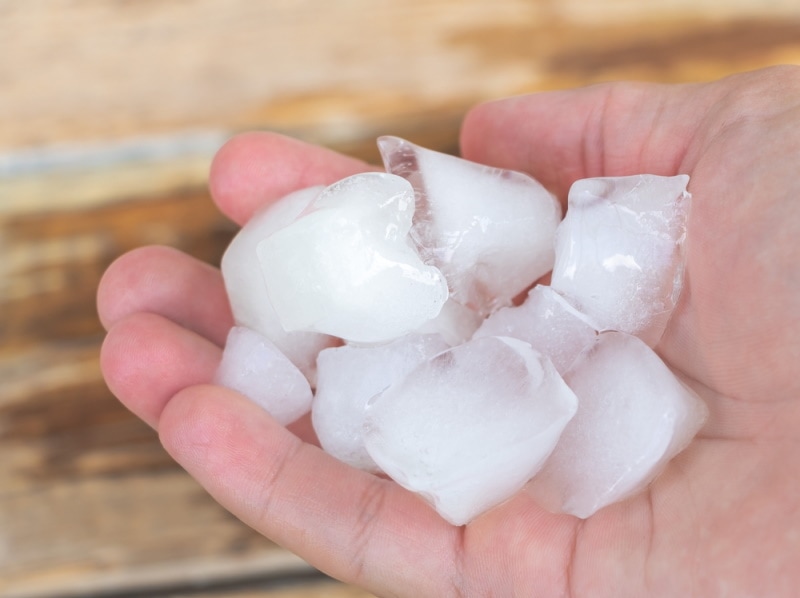
Ice can be a really effective way to dislodge blockages from the system. It gets broken up and forced around the drain, potentially knocking debris away, and if it does get stuck, the ice will melt away, so it won’t cause the blockage to get any worse.
Tip a tray of ice into the disposal and let it work. If the ice is doing its job, you will likely see bits of debris and food rise into the water before it all disappears.
8. Use Baking Soda and Vinegar
Baking soda and vinegar are really handy household materials that can be used for cleaning and much more. They can also be used to help clear out any blockage, especially food and hair. Mix some baking soda into a little vinegar and pour the solution into the drain. Leave it for a while and then turn the disposal system on so that it can get rid of any debris that has been broken up by non-toxic materials.
Conclusion
The garbage disposal system is a useful component in any kitchen, but it does come in for some heavy use and it has the potential to get clogged and blocked. This, in turn, leads to standing water. Clearing the blockage means that the water can then escape, and you can go back to stress-free garbage disposal. If the tips above don’t work, you may need to call out a professional plumber to identify and fix the problem.
Featured Image Credit: DUO Studio, Shutterstock
Contents


